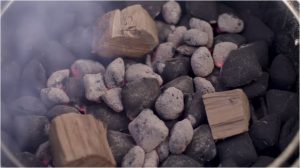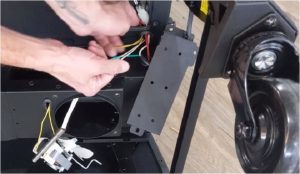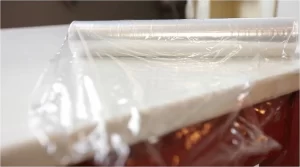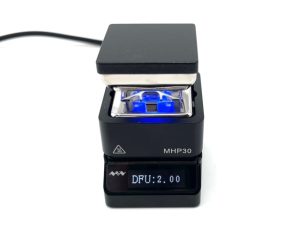Why Is My Pit Boss Smoker Getting Too Hot
Your Pit Boss smoker might be getting too hot due to issues with the temperature control system. This could be a result of a malfunctioning thermostat or a problem with the pellet feed mechanism.
The Pit Boss smoker is a popular choice among barbecue enthusiasts for its precision and versatility. Yet, some users report that their Pit Boss smoker keeps getting too hot. This is often due to a malfunction in the temperature control system.
The thermostat, which is responsible for maintaining the desired temperature, might be faulty. This can cause the smoker to heat up beyond the set temperature, leading to overcooked or burnt food.
Moreover, the pellet feed mechanism could also be a contributing factor. This mechanism controls the number of pellets fed into the firebox. If it feeds too many pellets, the smoker’s temperature can rise significantly. This issue can be resolved by adjusting the pellet feed rate.
Understanding how to adjust the smoke temp on Pit Boss is crucial for optimal performance. The temperature can be adjusted using the digital control board.
By setting the desired temperature, the smoker should maintain it throughout the cooking process. If the temperature continues to rise, it might be necessary to seek professional help or contact the manufacturer for further assistance.
why is the pit boss smoker getting too hot
1. Faulty Thermostat
The thermostat in your Pit Boss smoker plays a crucial role in maintaining the desired temperature. It senses the heat inside the smoker and sends signals to the control board to adjust the pellet feed rate. A malfunctioning thermostat may not accurately sense the temperature, causing the smoker to get too hot. Regular maintenance and checks can help identify any issues with the thermostat.
2. Pellet Feed Mechanism Issues
The pellet feed mechanism controls the number of pellets fed into the firebox. If this mechanism is not functioning correctly, it may feed too many pellets, causing the temperature to rise significantly. Regular cleaning and inspection of the pellet feed mechanism can help prevent this issue.
3. Incorrect P Setting
The P setting, or pause setting, on your Pit Boss smoker controls the interval between pellet cycles. If the P setting is too low, it may cause the smoker to feed pellets too frequently, resulting in a higher temperature. Learning how to adjust the P setting can help maintain a consistent temperature.
4. Improper Ventilation
Proper ventilation is essential for maintaining the right temperature in your Pit Boss smoker. If the vents are not adjusted correctly, it can trap heat inside the smoker, causing the temperature to rise. Regular checks and adjustments of the vents can help ensure proper ventilation.
5. Environmental Factors
Environmental factors such as outdoor temperature, wind speed, and humidity can also affect the temperature of your Pit Boss smoker. For instance, on a hot day, the smoker may get too hot even at a low setting. Understanding these factors and adjusting your smoker settings accordingly can help maintain the desired temperature.

Adjust Smoke Temperature on Pit Boss
Adjusting the smoke temperature on a Pit Boss smoker involves manipulating the P setting and the temperature dial on the digital control board. The P setting controls the pellet feed rate, which in turn affects the smoke intensity and temperature.
The Pit Boss smoker is renowned for its precision temperature control. This is achieved through the P setting and the temperature dial. The P setting, or pause setting, controls the interval between pellet cycles.
By adjusting the P setting on Pit Boss, you can control the pellet feed rate, thereby influencing the smoke intensity and temperature. A higher P setting means longer pauses between pellet cycles, resulting in lower temperatures and more smoke.
For the Pit Boss Pro Series, including the 850 and 1150 models, the process is similar. To set the temp on Pit Boss Pro Series, you need to turn the temperature dial to the desired setting. The Pit Boss smoke setting or 225 is often used for slow and low cooking, providing a rich smoke flavor.
Read More: No Smoke Signals: Common Causes of Wood Chips Not Smoking





